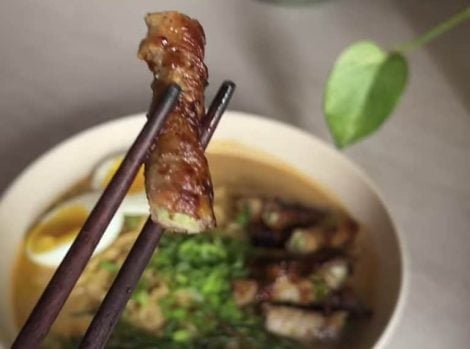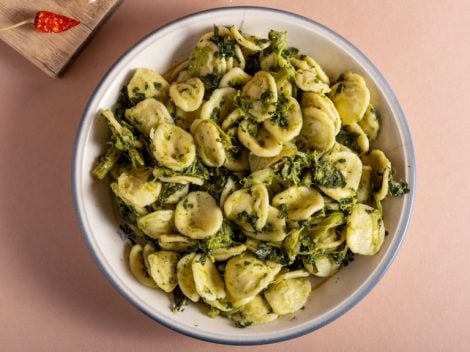From texts created by ChatGpt to a device that can “taste” wine. Technology has an increasingly human face. Among its possible applications, two stand out in the world of wine. The first is the separation and analysis of the components of a gaseous sample (Gas Chromatography) to identify the origin of a wine; the other makes use of an electronic palate (with the iconic name of Hypertaste) to obtain information on the grape variety used, or to identify any defects.
Wine and gas chromatography
According to a report published in the journal Chemistry Communications, a team of researchers mapped a chemical profile of 80 wines of different vintages from 7 châteaus in Bordeaux using an analytical technique. The data obtained is used by an AI to learn to recognise the origin of a single wine versus the origin of another. Alexandre Pouget, head of the Laboratory for Computational Cognitive Neuroscience at the University of Geneva and co-author of the article, told the Guardian that the AI was able to recognise specific château based on groups of compounds thanks to the specific “chemical signature” of each winery, regardless of vintage. This signature was recognised by the AI in 50 per cent of the cases. "The chromatogram is informative with respect to geographic location and age, thus suggesting that the chemical identity of a wine is not defined by a few molecules, but is distributed over a broad chemical spectrum," the article states.
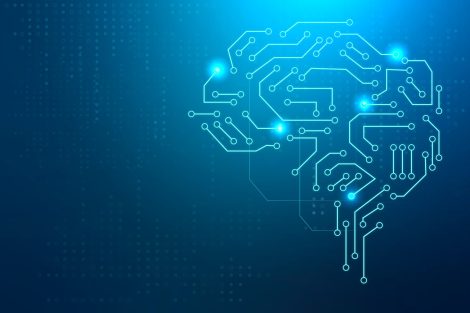
Electronic palate
In Zurich, on the other hand, another electronic device capable of imitating the human palate has been developed in Ibm's research division. Or rather, through the use of Artificial Intelligence, the “device” would be able to analyse a liquid (coffee, tea, fruit juices, but also simple mineral water) and extract various information from it. In the specific case of wine, through a rapid analysis by Hypertaste it would be possible to trace the geographical place of origin, the variety of the vine and understand the presence of specific “defects” if present. The system is based on the recognition of a “chemical fingerprint” specific to the substance being analysed.
Developments, applications and the human element
Both technologies could be used in different areas. According to the researchers' reports, being able to trace back decisive information such as geographical origin, grape variety, but also year of production, would make it possible to curb the problem of counterfeiting in wine. Or, it will be possible to use these technologies in production processes to understand how to assemble wines and optimise their quality, or to get almost instantaneous feedback regarding taste or the presence of defects. In spite of this, however, sommeliers and wine experts can sleep soundly: for now, in fact, these are support technologies and cannot fully replace the presence of the human being. For now!
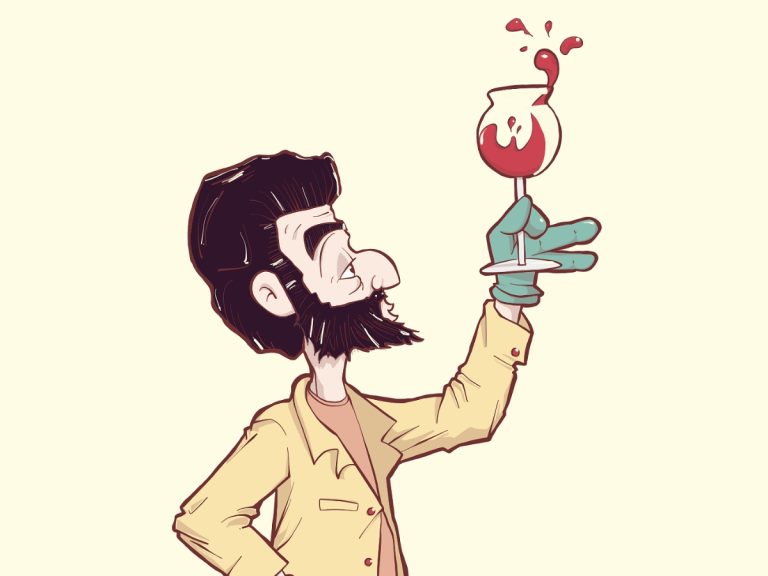
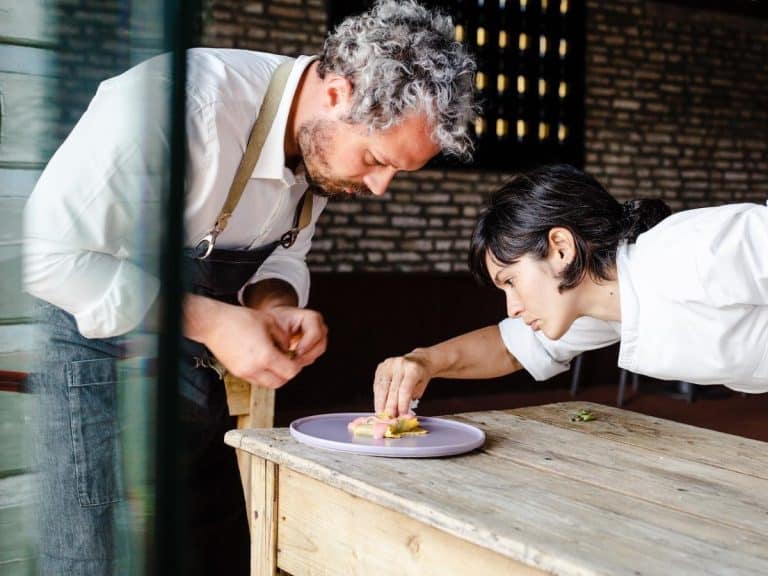 Climate change prevents us from being self-sufficient. How the cuisine of Venissa by Chiara Pavan and Francesco Brutto is changing
Climate change prevents us from being self-sufficient. How the cuisine of Venissa by Chiara Pavan and Francesco Brutto is changing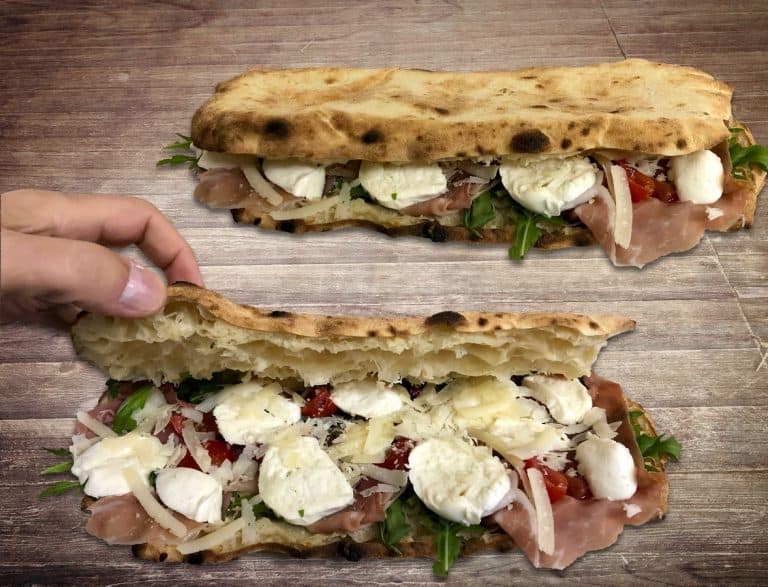 Panuozzo from Gragnano: what it is and where to buy the best ones
Panuozzo from Gragnano: what it is and where to buy the best ones The 6 best Nebbiolo wines from the small Albugnano DOC selected by Gambero Rosso
The 6 best Nebbiolo wines from the small Albugnano DOC selected by Gambero Rosso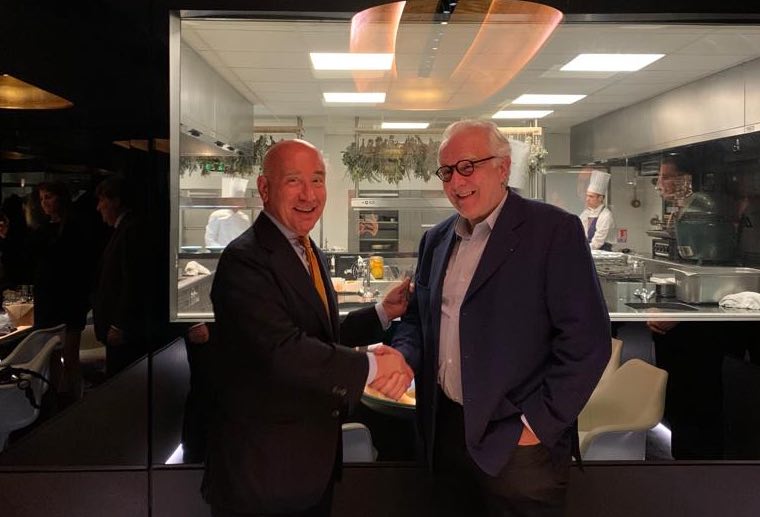 Alain Ducasse opens a restaurant in Naples: at the Romeo Hotel, one of the world's most important chefs is awaited
Alain Ducasse opens a restaurant in Naples: at the Romeo Hotel, one of the world's most important chefs is awaited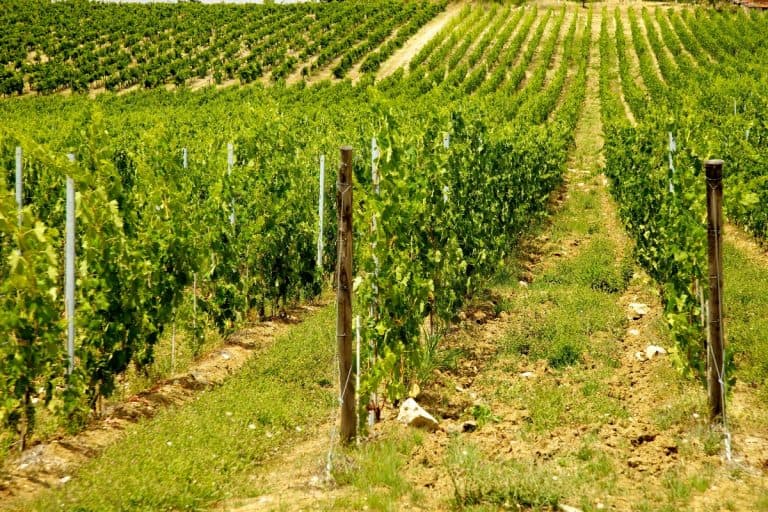 Judicial auctions and vineyards: a €66 million business. Sicily leads the way
Judicial auctions and vineyards: a €66 million business. Sicily leads the way